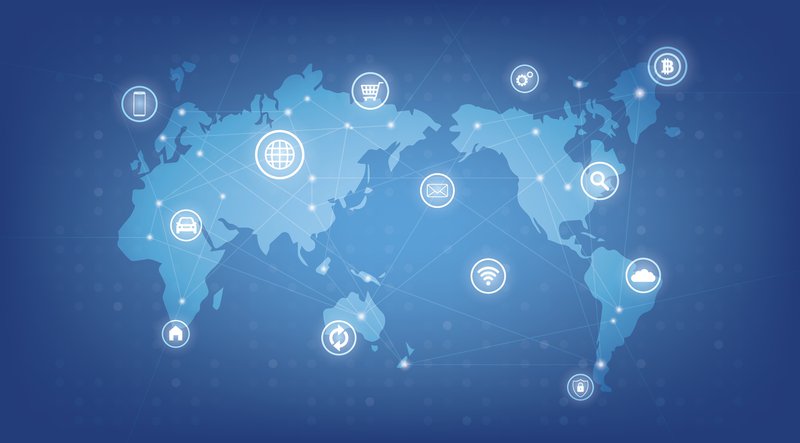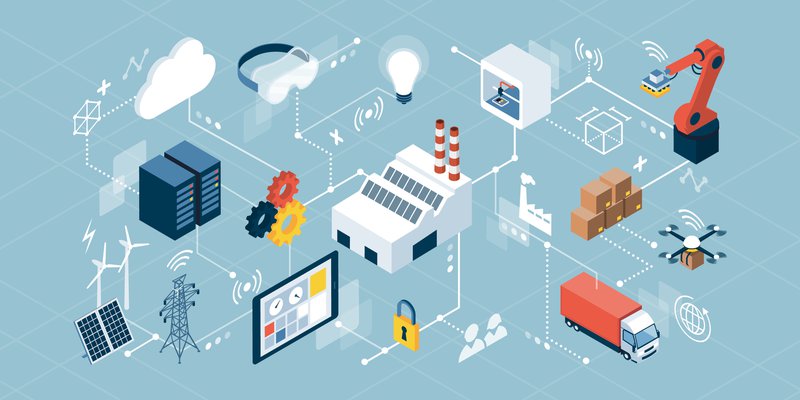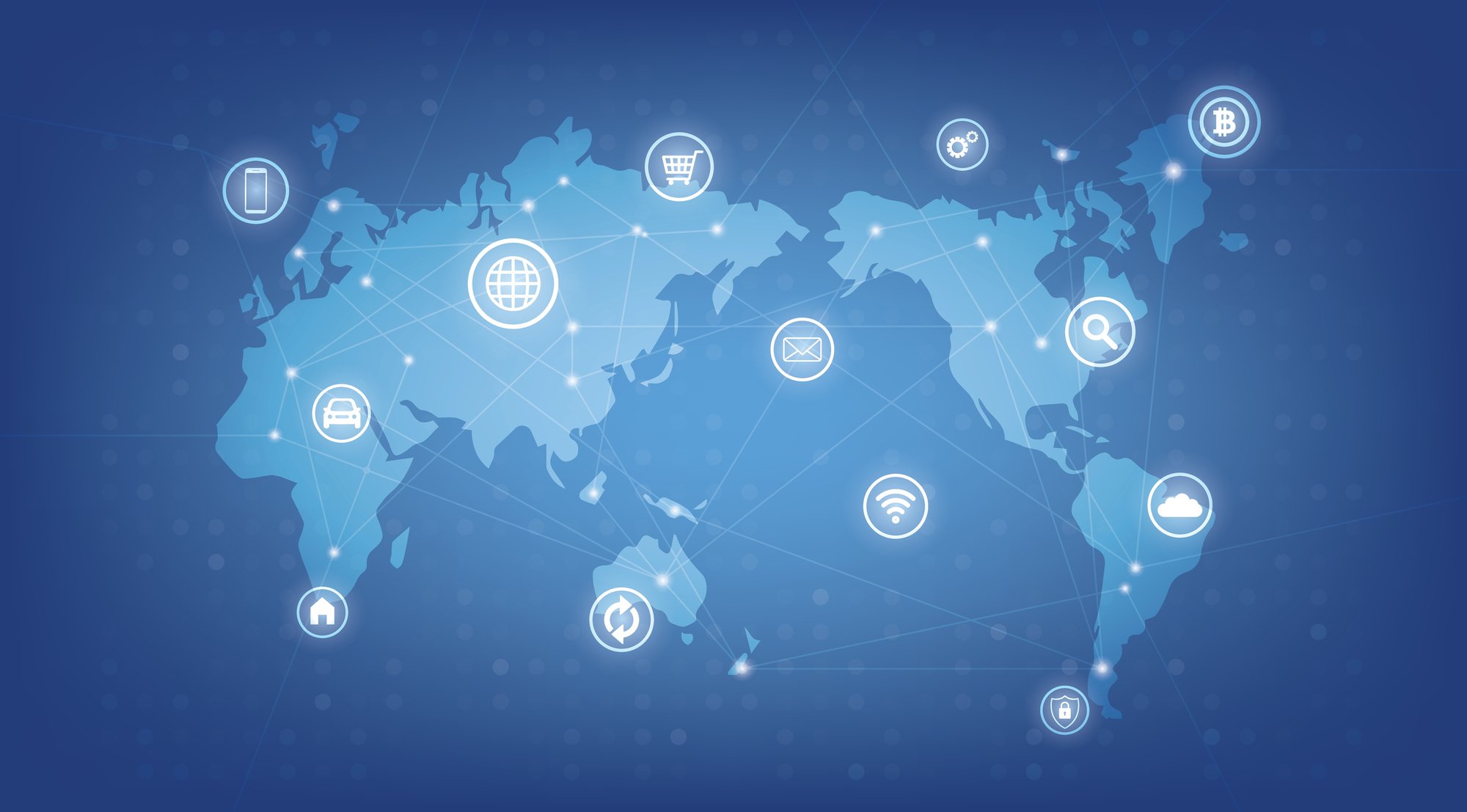The Internet of Things Explained
The Internet of Things (IoT) encompasses the connection of electrical devices to the internet; whether they be standard computers, heart monitors, or traffic sensors. This simple, yet immeasurably important, concept is transforming industries far and wide. More and more devices are joining the Internet of Things resulting in a deluge of data for the data center industry to tackle.
One of the main ways that data centers are handling the flood of traffic is with liquid cooling systems. Immersion cooling removes over a thousand times more server heat than previous air cooling methods, enabling data centers to stay ahead of the IoT curve.

Just how big is the Internet of Things? Believe it or not, our usage will top 75 billion connected devices by 2025. That’s three times the number of devices there were a mere three years ago.
Regardless of type, purpose, or location, all IoT devices collect sensor data and send it over the network to data centers. Those data centers then process and distribute the information. IoT enables the data center industry to automate processes, enhance sustainability, and manage hardware.
Automation
Like most organizations and businesses today, the data center industry is joining in the mass migration to automation. By automating as many procedures as possible, data centers can increase their productivity while decreasing their costs. The IoT contributes to this data center automation.
The transition of data centers has been made easier by the affordability of IoT devices. Thousands of devices can be installed in a data center to monitor and manage resources. As a result, the entire data center becomes more autonomous, as it’s able to maintain itself without human intervention.
Some tasks the data center industry can automate include identifying and fixing technical problems and delivering applications. By allowing IoT devices to handle the more mundane tasks, expensive human labor is reserved for use only when absolutely necessary.
Sustainability
Globally, data centers use hundreds of terawatt-hours of electricity per year—more than the entire United Kingdom! The industry uses 3% of the planet’s power, and that number is rapidly rising. To counteract the negative environmental effects of this heavy energy use, data centers are turning to the Internet of Things.
Fortunately, the IoT can transform data centers into environmentally friendly establishments. The two keys to this transformation lie in the production and consumption of electricity. Furthermore, data centers can maintain their hardware to prevent electronic waste.
Data centers now use IoT sensors to detect variations in temperature and humidity. Preventing overheated servers is important to keep them running efficiently rather than endlessly burning through resources. IoT sensors can also find leaks, power surges, and other threats to the efficient operation of IT infrastructure.
When it comes to reducing energy use and waste, the best step that a data center can take right now is to upgrade its cooling systems to liquid immersion. New liquid immersion systems from GRC operate using a fraction of the electricity required by other systems —and for a fraction of the cost.
On the production front, data centers can use renewable resources (like water and solar power) in place of fossil fuels. To achieve greater sustainability, some hyperscalers have already committed to solely using renewable electricity.

Management
Data centers have to manage not only their sustainability but also their hardware. With the advent of the Internet of Things, monitoring and maintaining a data center need no longer be tedious or costly. Since these buildings are already networked extensively, it makes sense to connect additional devices for data center management.
Sensors connect servers, routers, and other equipment to send real-time information. This information includes the physical location of devices for security, as well as ambient measurements (like temperature) to ensure that servers don’t overheat.
Liquid immersion cooling keeps servers running at a more even temperature while using less energy than traditional air cooling. This leaves more of the power envelope available for data center infrastructure management (DCIM).
In conjunction with DCIM, the IoT gives data centers longer uptimes, higher energy efficiency, lower operational costs, and less risk of losing equipment. Sensors can even operate wirelessly to offer managerial data including charts and 3D visualizations.
Storage
The Internet of Things produces many zettabytes of data. Sensors on the billions of IoT devices expel streams of data, much of which is processed by cloud servers in the data center. The data center industry has to respond with reliable infrastructure to deliver fast and secure information processing. To meet the challenge of this extraordinary compute demand, data centers need to cool the servers efficiently.
Liquid immersion has proven itself to be the top choice for cooling data centers. For the heaviest workloads surpassing the threshold of conventional air cooling systems, GRC’s innovative pods reduce heat, wear, and cost.
Big Data and the Internet of Things
The amount of data now surging through data centers is substantially larger than even just a few years ago. Earlier processors, storage, and cooling systems can’t keep up with Big Data—much of which stems from the Internet of Things. This forces data centers to invest in innovative technologies.
With IoT devices working around the clock, data centers must maintain enough capacity to pump through the information fluxes. They need enough storage devices on the network to both hold data during analysis and maintain output.
Considering all of those storage devices—along with the processors, co-processors, and other hardware—it just flat out makes sense to use more efficient cooling systems. Luckily for you, liquid immersion cooling is the most efficient cooling system in which a data center can invest.
Conclusion: Keep Your Data Centers Green with Immersion Cooling
With the ongoing expansion of the Internet of Things, oceans of data are pouring into (and ideally, safely through) the world’s data centers. Big data requires more storage capacity, more servers, and more cooling. The only economical, environmentally friendly cooling solution fit for the era of IoT is liquid immersion cooling.
GRC’s edge data center cooling works in remote locations where IoT devices require processing. Being in a remote location speeds up processing. However, installing conventional air cooling systems in such locations is difficult, to say the least. Liquid immersion cooling not only provides unbeatable performance, it’s also easy to install anywhere.
Whether you have servers at the edge or in any other data center, install liquid immersion cooling to cut energy use and your total cost in half! A greener planet and longer-lasting hardware—that’s what we call a win-win! Contact GRC to learn about immersion cooling and what it can do for you today.




